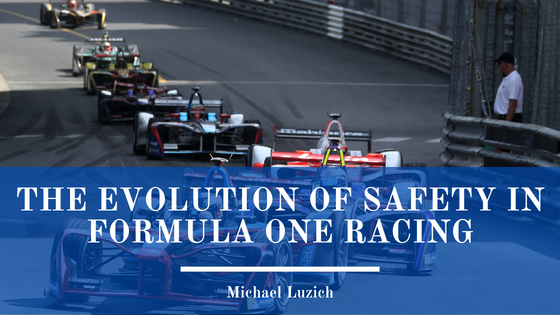Formula One racing is a high-speed, high-stakes sport that has always pushed the limits of what is possible on the track. However, with that intensity comes an inherent risk to the safety of the drivers, crew members, and spectators. Over the years, Formula One has significantly improved safety measures, from introducing the first crash helmets in the 1950s to implementing virtual safety car periods in the 2010s. This blog will explore the evolution of safety in Formula One racing, highlighting key moments in the sport’s history and discussing the ongoing efforts to make it safer.
The history of safety in Formula One is a long and tragic one. In the early years of the sport, safety was not a major concern, and drivers raced without the protective gear that is now considered standard. This led to numerous serious injuries and fatalities, such as the death of British driver Stuart Lewis-Evans in the 1958 Moroccan Grand Prix, who died from severe burns after his car caught fire.
As the dangers of the sport became more apparent, safety measures began to be introduced. In the 1960s and 1970s, the first safety barriers were installed around the track, and fireproof overalls and crash helmets became mandatory. However, these measures were not enough to prevent some of the most devastating accidents in the sport’s history, such as the 1978 crash of Ronnie Peterson at Monza, which led to his death from multiple injuries.
It was in the 1990s that safety in Formula One took a significant step forward. After the death of Brazilian driver Ayrton Senna at the San Marino Grand Prix in 1994, the FIA (Fédération Internationale de l’Automobile) established the Safety Research Group to investigate the causes of the accident and identify ways to improve safety. This led to implementing a range of new safety measures, such as the HANS (Head and Neck Support) device, which helps to prevent head and neck injuries in high-speed crashes, and the use of high-tech medical equipment to improve on-site medical care.
In the 2000s and 2010s, safety continued to be a major focus for Formula One, with further measures introduced to reduce the risk of serious accidents. One of the most significant changes was the introduction of closed cockpits, which provide greater safety for drivers if a crash occurs. The Halo device, which was first introduced in 2018, is a prime example of this. It is a titanium structure that surrounds the driver’s head and is designed to deflect debris away from the cockpit.
Another key development in the evolution of safety in Formula One is the use of virtual safety car periods. These were introduced in 2015 and are used when a dangerous incident occurs on the track. During a virtual safety car period, drivers must slow down to a predetermined speed, and they are not allowed to overtake each other until the period is over. This allows the track marshals to clear away debris and attend to any injured drivers or crew members without putting anyone else at risk.
The evolution of safety in Formula One racing is an ongoing process, with new measures being introduced all the time to reduce the risk of serious accidents. From fireproof overalls and crash helmets to closed cockpits and virtual safety car periods, the sport has evolved in terms of safety. However, more can still be done, and the FIA is constantly working to identify new ways to make Formula One racing even safer. Ultimately, the goal is to ensure that the thrill of the sport can be enjoyed without putting anyone’s life at risk.
